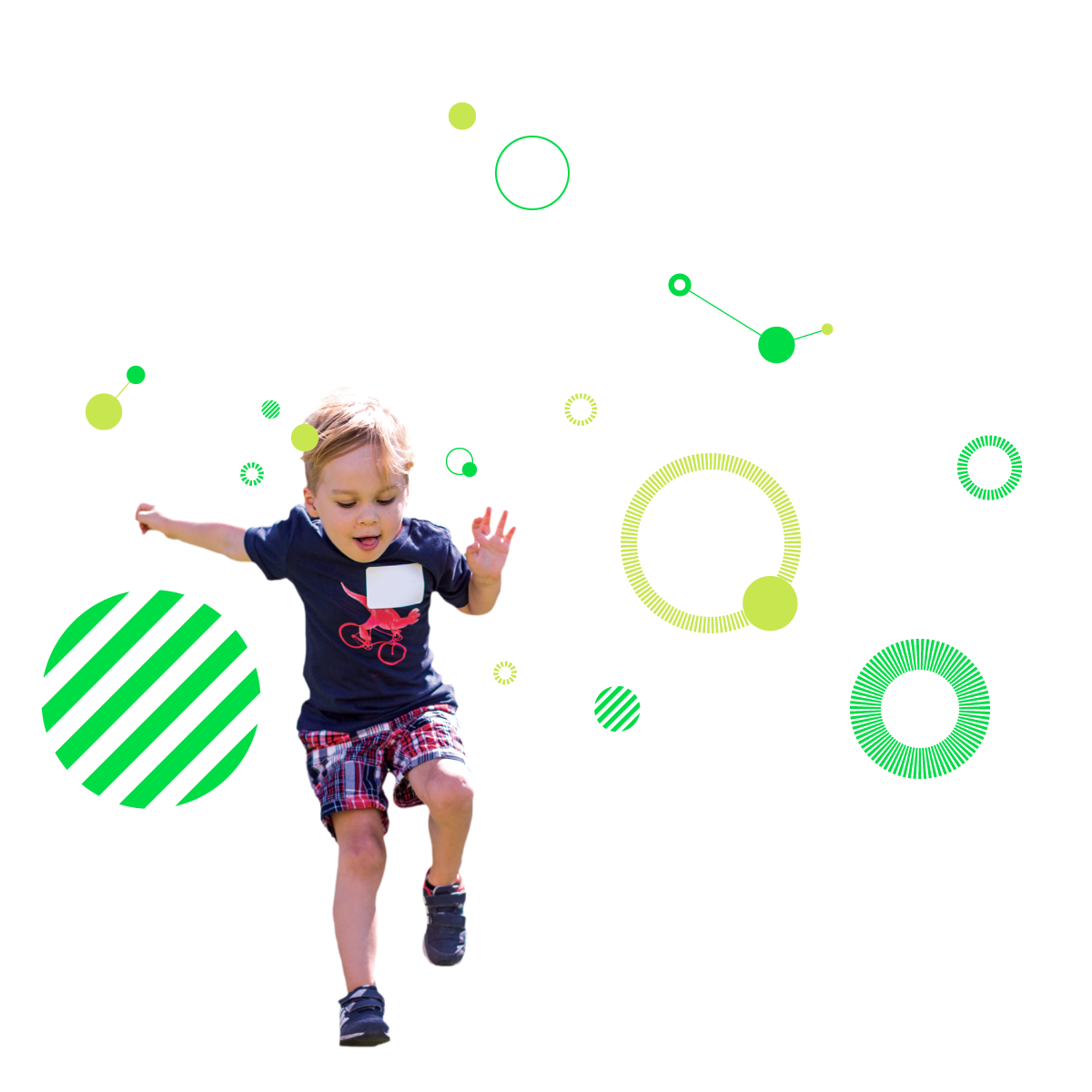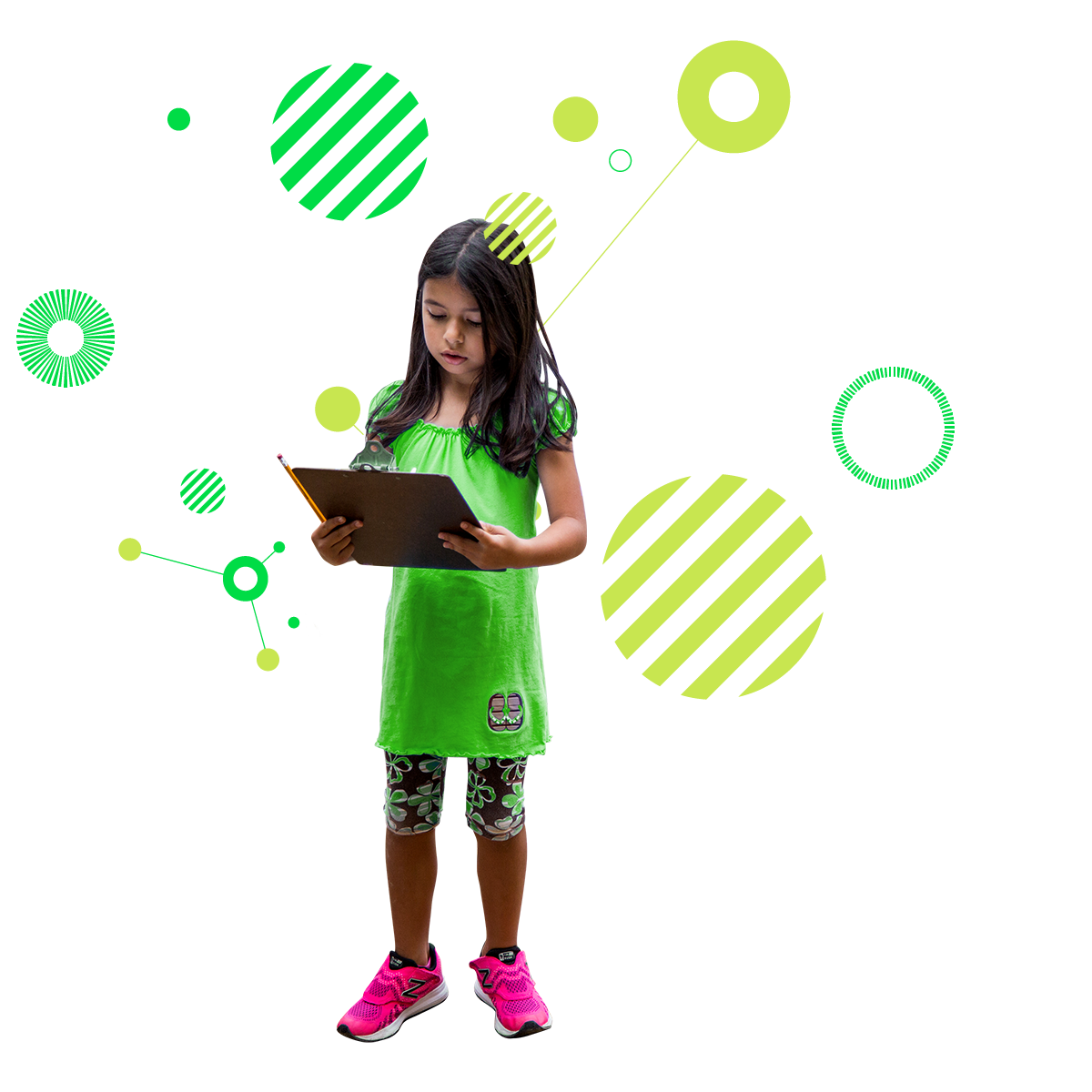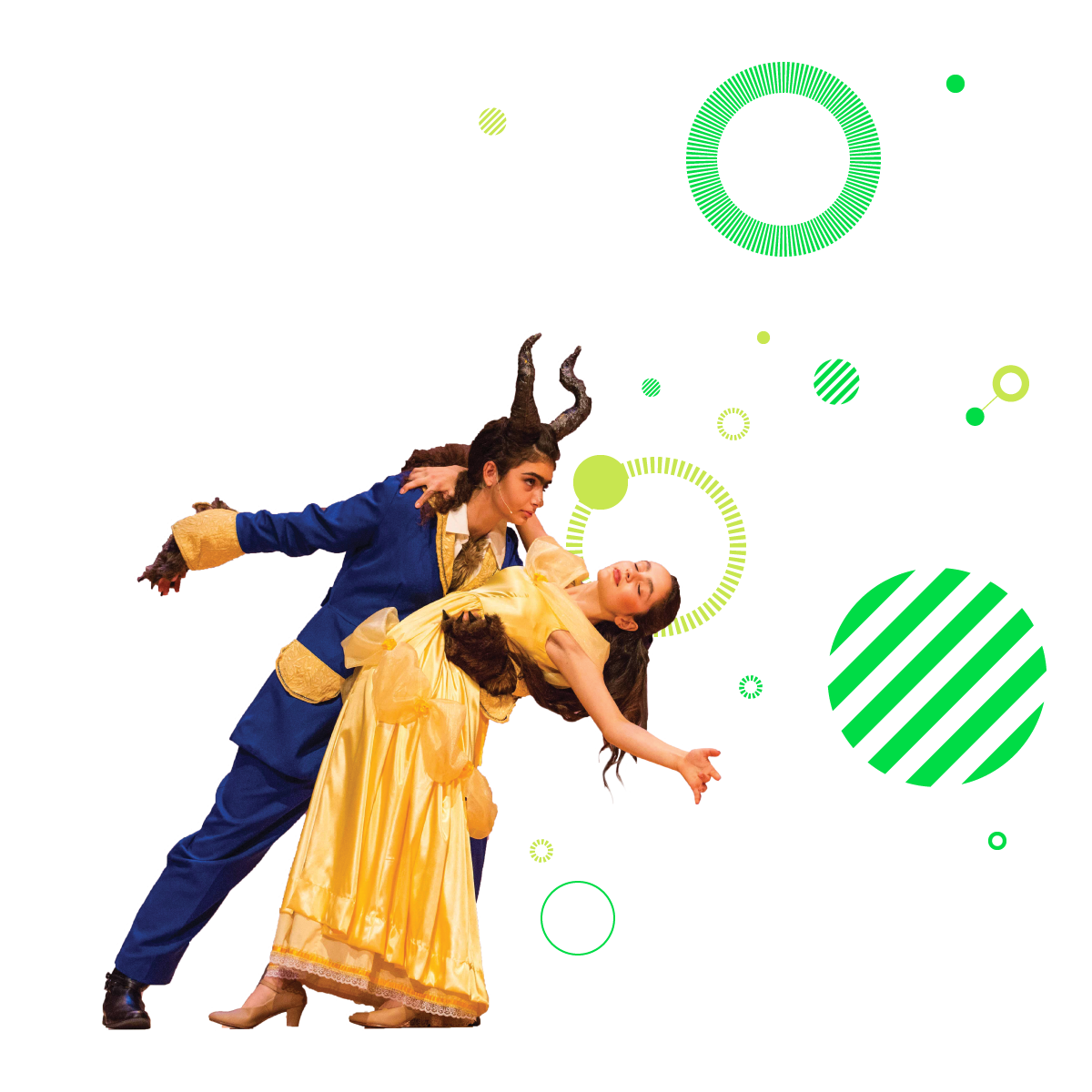Guest Blogger:
Will Segar
Elementary Division Head
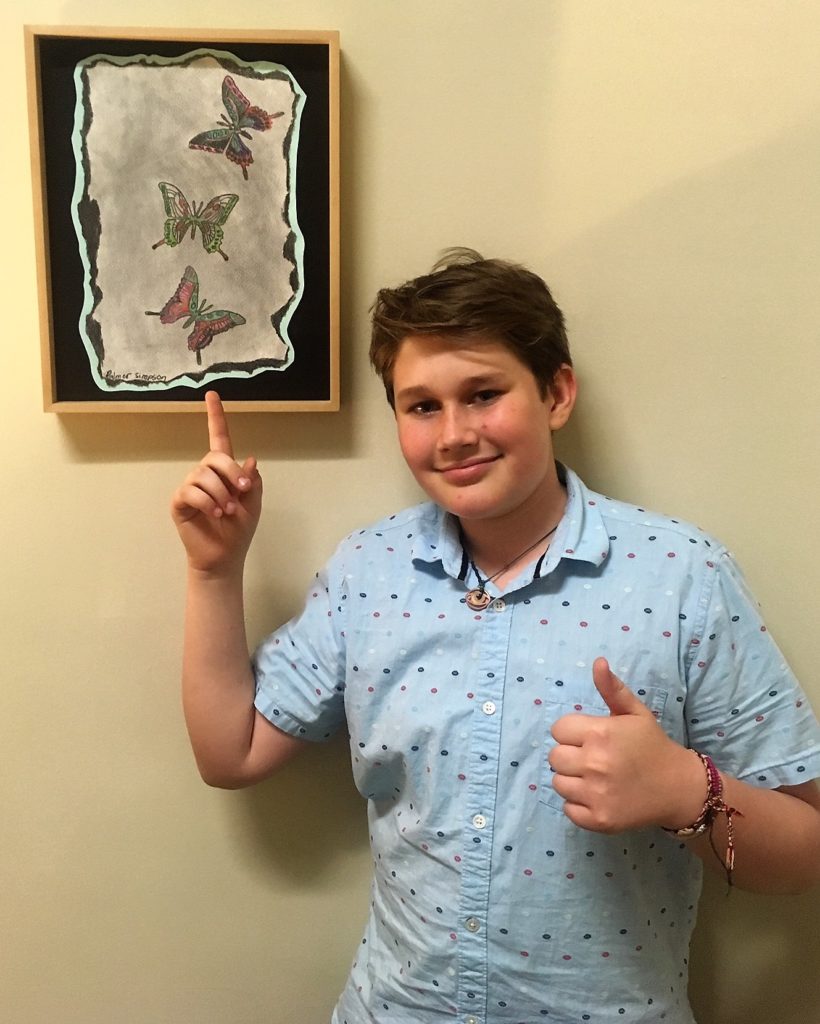
In my office hangs a picture of three detailed butterflies, graciously donated to me by a Grade 4 student. Having received compliments on the art over the past few years, I recently asked the artist, now in Middle School, if he had memories of what led him to produce such beautiful work. I was invigorated by his response:
“What started as a Monarch lesson led to butterfly illustrations, which led to my interest in the figure of the swallowtail. It’s not about one project – Art at Turning Point lets you become inspired and lets you expand in your own original way, rather than having a rigid structure.”
I was impressed by the student’s willingness to share his process, and by his ability to articulate an important aspect of Turning Point’s mission. One of the ways we develop individualized learning and exploration is by implementing projects that incorporate different subject areas. We know that knowledge becomes meaningful, purposeful and more profound when students reflect on the connections between what they are learning in various disciplines. Learning becomes even more relevant when content is rooted in life experiences, giving an authentic purpose and connecting it to a real-world context.
One example of how Turning Point creates authentic, interdisciplinary learning opportunities is through our Monarch Butterfly Project. For the past several years, our Grade 4 students have welcomed the fall season with curiosity, creativity, and compassion by participating in a “Symbolic Migration” unit. In this project, students explore the beauty and biology of the monarch butterfly, paying particular attention to the spectacular migration that millions of monarchs make each year. Through internal collaboration and our involvement in the Journey North Citizen Science program, our faculty has helped shaped a cross-curricular unit that unites students from Canada, the United States, and Mexico (the migration path of the butterflies) to build bridges of understanding, ambassadorship, and conservation.
The project began with students using art and Spanish language skills to create a symbolic butterfly that carries a message of gratitude and friendship. Students explored anatomy, symmetry, and drawing and painting techniques as they created these beautiful hand-painted butterflies. They also uploaded photos of their work to an Interactive Map that reflects and connects student participants from Canada, the United States, and Mexico.
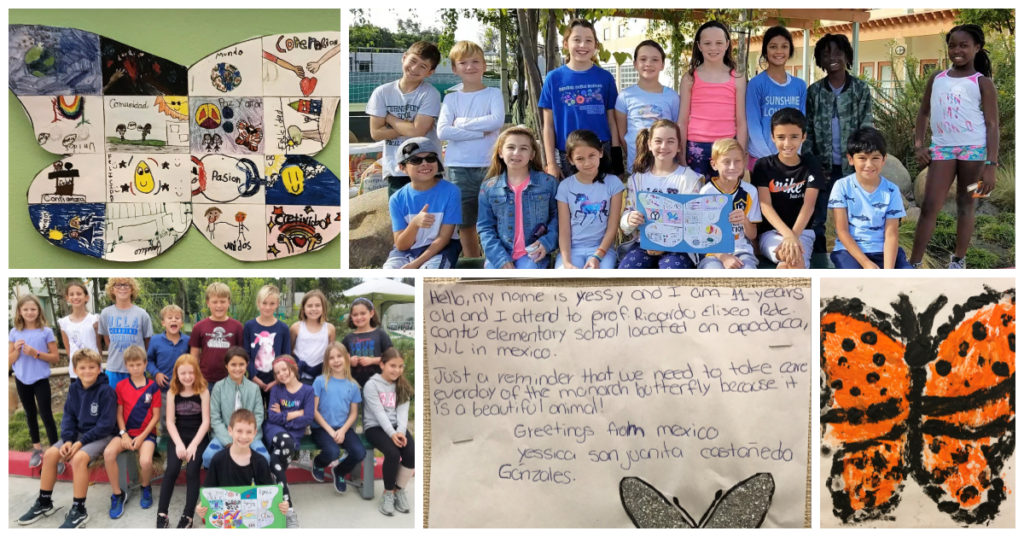
As students learned about the Monarch butterflies’ migratory patterns and the Monarch habitat conservation efforts in the small town of Angangueo in the Mexican state of Michoacán, they were able to appreciate the interconnections that exist between neighboring countries and our shared responsibility for the environment.
I have been enormously impressed with how creatively and strategically the Grade 4 Instructional Team worked together to lead students through this project. Art teacher, Ms. Rory Sloan, guided students in an exploration of symmetry, color theory, and technique as they planned and created their vibrant butterflies. Spanish teacher, Ms. Judy Castro, deftly led students in conversations about the elements and values shared across our local and extended communities. Head Teachers, Ms. Tram Habib and Ms. Ashley McArdle, passionately supported students as they explored issues of sustainability and conservation. Science teacher, Ms. Emily Goo, skillfully facilitated student learning about anatomy and life cycle as they measured the travel distance of a monarch from Turning Point to the butterfly sanctuaries in Mexico.
Providing learners with diverse ways to form meaningful connections taps into students’ motivations as they develop important, transferable skills such as critical thinking, communication, and analysis. Whereas art is an inroad for one student, another child’s interest may be peaked by the analytics synthesized when researching migration patterns, or the connections made with fellow students from neighboring countries who shared in the experience.
Be you a volunteer who tends the milkweed in our garden, a student who has produced a fantastic product, or a teacher whose work has resulted in a profound experience for children–we thank you for the many lessons associated with the butterfly. Please be sure to stop by the Monarch Butterfly display outside the Spanish classrooms in Building 2 to learn more about this incredible project – or just ask a fourth-grade student to share their knowledge!
Will Segar
Elementary Division Head
wsegar@turningpointschool.org
